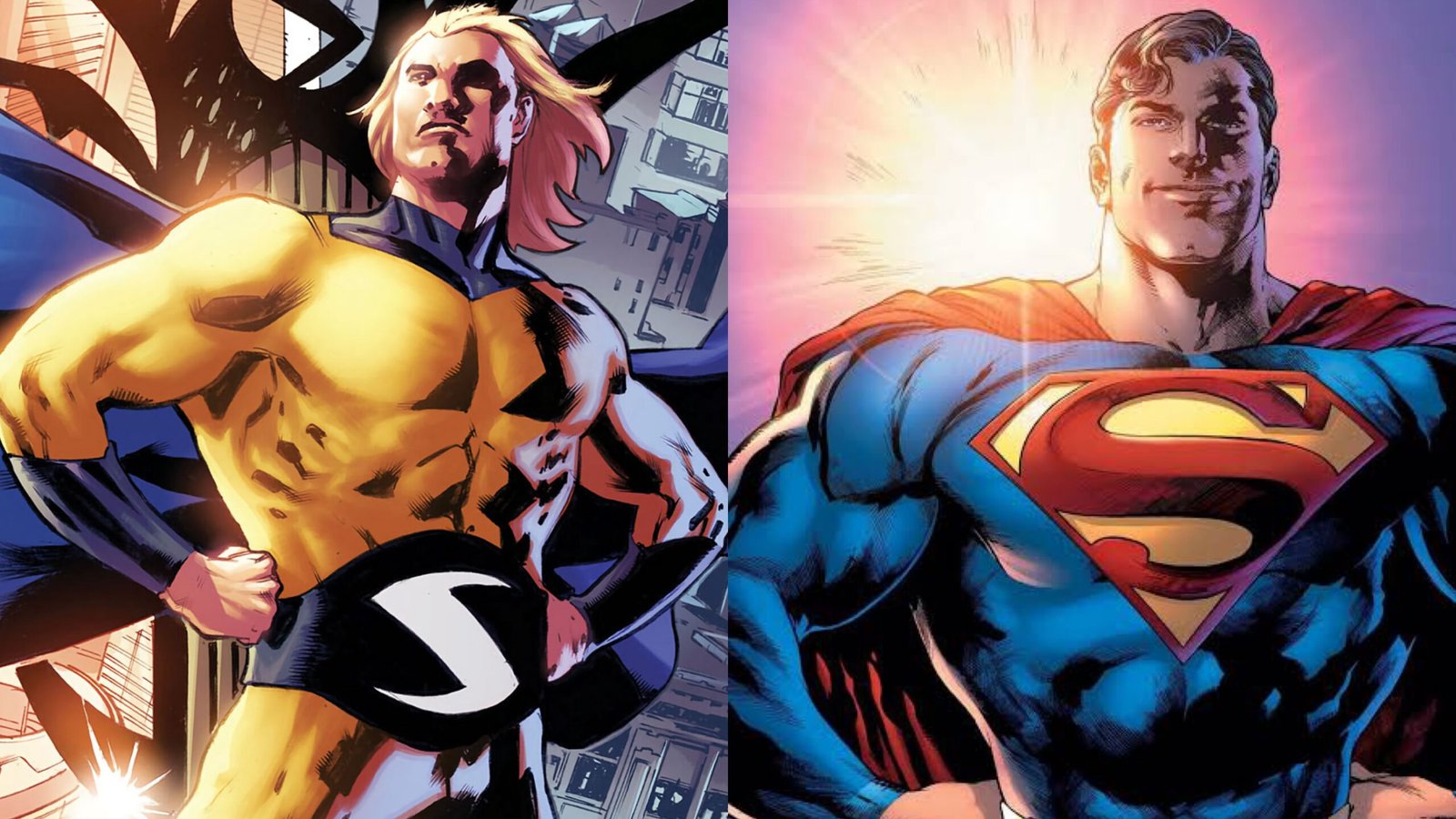
Marvel vs DC: 10 Superheroes Inspired by Each Other
The rivalry between Marvel and DC Comics has been a long-standing one, with the two publishing giants often drawing inspiration from each other’s characters and storylines. Over the years, there have been numerous instances where one company has seemingly “borrowed” ideas from the other, leading to some striking similarities between certain superheroes.
In this in-depth blog post, we’ll explore some of the most notable examples of Marvel and DC characters that appear to have been influenced by their counterparts. From the uncanny resemblance between Bumblebee and the Wasp, to the undeniable parallels between Sentry and Superman, we’ll delve into the fascinating history of superhero cross-pollination.
Bumblebee and the Wasp: A Tale of Two Tiny Titans
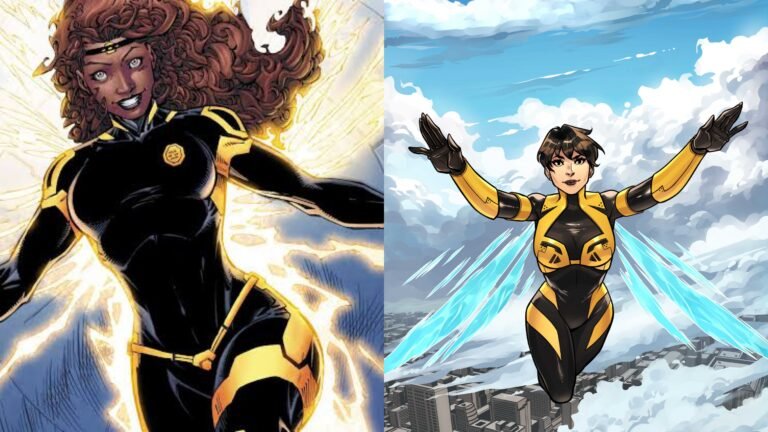
One of the most obvious examples of Marvel and DC’s shared inspiration can be found in the characters of Bumblebee and the Wasp. Introduced in 1977, Bumblebee was a member of the Teen Titans, a team of young superheroes in the DC universe. Like the Wasp from Marvel’s Avengers, Bumblebee had the ability to shrink in size and fly, thanks to her specialized suit.
The similarities between the two characters are striking, with their powers, costumes, and overall aesthetic being remarkably similar. In fact, the creator of Sentry, the Marvel character who is often compared to Superman, has openly admitted that Bumblebee was directly inspired by the Wasp.
Sentry and Superman: The Man of Steel’s Doppelganger
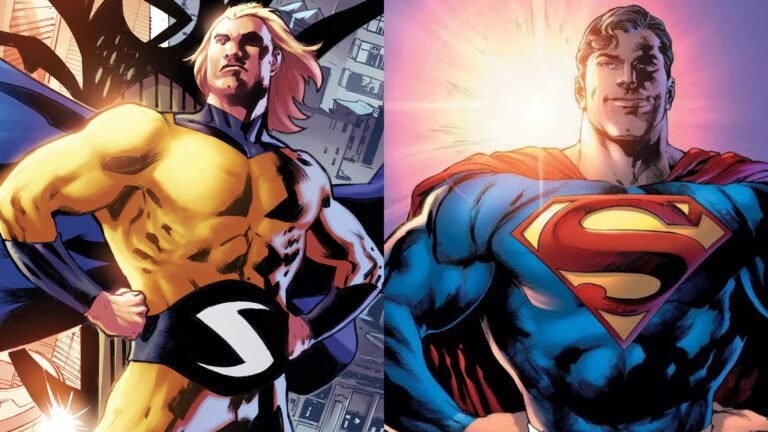
Another well-known example of Marvel and DC’s shared inspiration is the character of Sentry, who bears a striking resemblance to Superman. Created by Paul Jenkins and Jae Lee and introduced in 2000, Sentry has powers and abilities similar to the Man of Steel.
In several interviews, Paul Jenkins openly acknowledged that the Sentry was created as a sort of “Marvel’s Superman,” but with a far more psychological and tragic approach. The idea was to:
Create an archetype similar to Superman in terms of power and heroic presence;
Subvert that archetype with a devastating dark side — the Void — representing his fears, trauma, and mental instability;
Explore the psychological cost of being the most powerful being in the world.
“We wanted to create a Superman-type character for the Marvel Universe — someone who had that level of power, but with a much more human, troubled mind.”
— Paul Jenkins
For aspiring anime artists and comic book enthusiasts, the relationship between Sentry and Superman offers a fascinating case study in the creative process. By understanding how Marvel and DC have drawn inspiration from each other, you can gain valuable insights into the evolution of superhero storytelling and the importance of cross-pollination in the industry.
Aquaman and Namor the Sub-Mariner: Rulers of the Seas
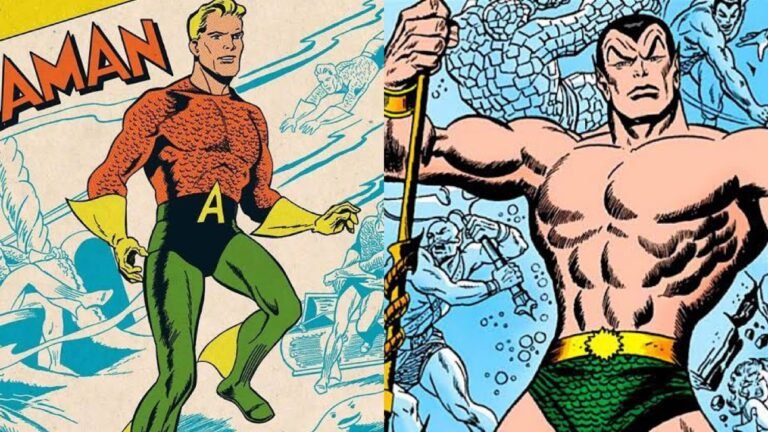
Another pair of characters that share a remarkable resemblance are Aquaman and Namor the Sub-Mariner. Introduced in 1939, Namor is one of Marvel’s oldest characters — the ruler of the underwater kingdom of Atlantis, with the ability to communicate with marine life, fly using ankle wings, and command immense strength. Meanwhile, Aquaman debuted in 1941 and is a similar figure within the DC Universe, also hailing from Atlantis and possessing aquatic-based powers, including telepathy with sea creatures and hydrokinesis in some versions.
While their visual designs and personalities differ — Namor often portrayed as a brooding antihero, and Aquaman as a noble protector — the core concept and narrative arc remain strikingly similar. Both are regal, oceanic champions who defend their underwater kingdoms and frequently find themselves at odds with the surface world.
For fans of geek culture, the parallels between Aquaman and the Sub-Mariner offer a fascinating look into the shared creative DNA of the comic book industry. Understanding these connections deepens our appreciation for the rich history of superheroes and the ways in which ideas have evolved, echoed, and been reimagined across publishers.
Doctor Strange and Doctor Fate: Masters of the Mystic Arts
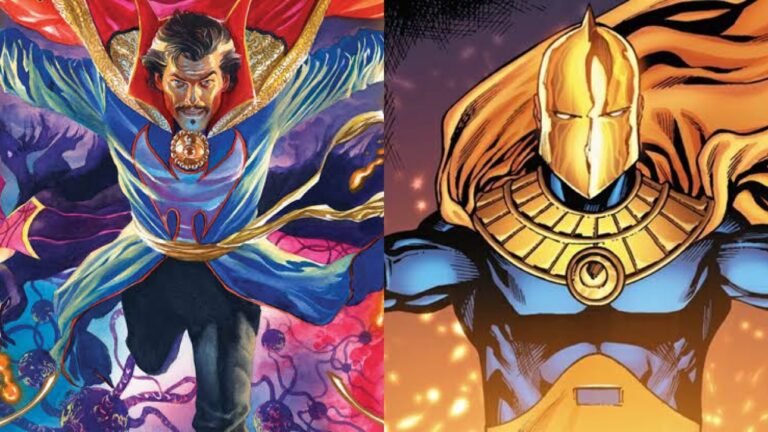
One of the more subtle examples of Marvel and DC’s shared inspiration can be found in the characters of Doctor Strange and Doctor Fate. Doctor Fate was created first in 1940, and years later, Marvel drew inspiration from him to introduce Doctor Strange in 1963. Both are powerful sorcerers who serve as the “Sorcerer Supreme” of their respective universes, wielding a vast array of magical abilities and often playing a crucial role in the cosmic-level conflicts that shape their worlds.
While the visual differences between the two characters are more pronounced, with Doctor Strange’s iconic goatee and Doctor Fate’s distinctive helmet, the underlying similarities are hard to ignore. Both are highly skilled practitioners of the mystic arts, with a deep understanding of the arcane forces that govern the universe. They are often called upon to use their powers to protect their worlds from supernatural threats, making them essential figures in the ongoing battle between good and evil.
The contrasts and similarities between Doctor Strange and Doctor Fate offer a rich source of inspiration. By studying the visual and narrative elements that define these characters, you can develop a deeper understanding of the creative process and the ways in which artists and writers draw from a shared well of inspiration.
Captain America and the Guardian: Shielding the Homeland
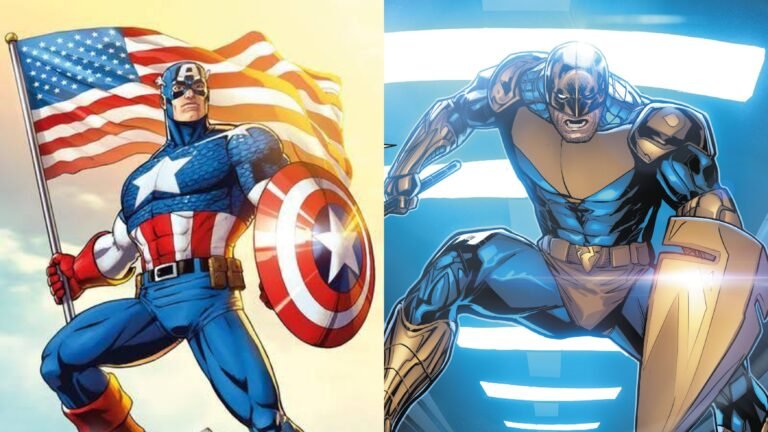
One of the more intriguing examples of Marvel and DC’s shared inspiration is the case of Captain America and the Guardian. Introduced in 1941, Captain America was a soldier who was transformed into a superhuman patriot, wielding an indestructible shield and fighting against the Nazis during World War II. The following year, in 1942, the same creative team that brought us Captain America, Joe Simon e Jack Kirby, introduced a new character, the Guardian, who was a police officer with a similar shield-wielding, Nazi-punching aesthetic.
The similarities between the two characters are so pronounced that it’s hard to deny the direct inspiration. Both Captain America and the Guardian were created by the same team, and their powers, costumes, and overall narrative arcs are remarkably similar. While the Guardian never quite achieved the same level of popularity as his Marvel counterpart, the character’s existence serves as a testament to the creative cross-pollination that has long defined the superhero genre.
The story of Captain America and the Guardian offers a fascinating glimpse into the competitive and collaborative nature of the comic book industry. By understanding these kinds of shared inspirations, you can gain a deeper appreciation for the creative process and the ways in which ideas are shared and reimagined across different publishers and franchises.
The Green Lantern Corps and the Nova Corps: Cosmic Cops
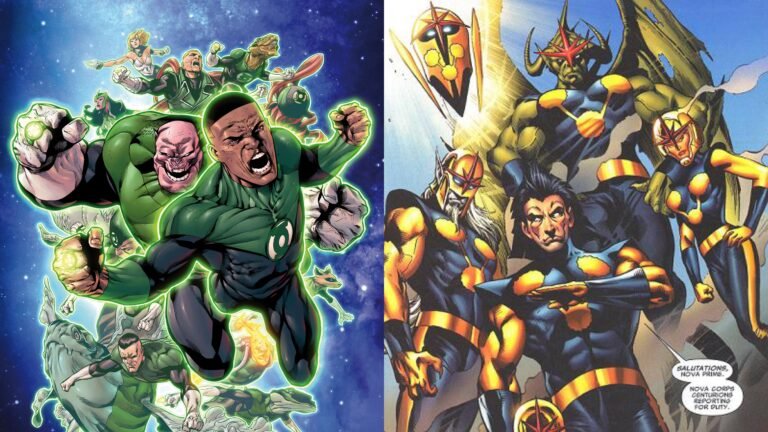
Another example of Marvel and DC’s shared inspiration can be found in the Green Lantern Corps and the Nova Corps. Introduced in 1959, the Green Lantern Corps is a intergalactic police force that wields the power of the Green Lantern rings, which are fueled by the user’s willpower. In 1976, Marvel introduced the Nova Corps, a similar intergalactic police force that draws its power from the “Nova Force,” a cosmic energy source that is harnessed by the members of the Corps.
While the specific mechanics of the two organizations differ, the underlying concept is remarkably similar. Both the Green Lantern Corps and the Nova Corps are tasked with maintaining order and protecting the universe from various threats, and their members are often depicted as elite, highly skilled individuals who wield incredible cosmic power.
The parallels between the Green Lantern Corps and the Nova Corps offer a fascinating case study in the ways in which creative ideas can be shared and reimagined across different franchises. By understanding these kinds of connections, you can gain a deeper appreciation for the rich tapestry of superhero storytelling and the ways in which it has evolved over time.
The New Gods and the Eternals: Cosmic Deities
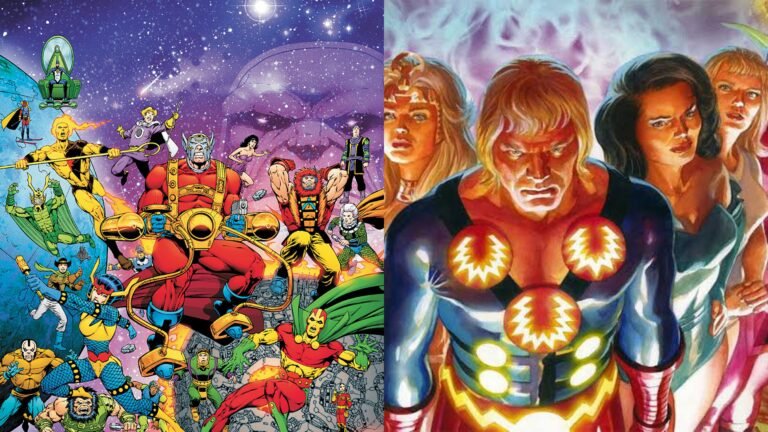
One of the most complex and intriguing examples of Marvel and DC’s shared inspiration can be found in the characters of the New Gods and the Eternals. Introduced in the early 1970s, the New Gods were created by legendary comic book writer and artist Jack Kirby, who had previously worked for Marvel. The New Gods were a group of powerful, god-like beings who inhabited the twin planets of New Genesis and Apokolips, and their stories often involved cosmic-level conflicts with the forces of good and evil.
Years later, when Kirby returned to Marvel, he created the Eternals, a group of similarly powerful, god-like beings who were the result of genetic experiments conducted by the mysterious Celestials. While the specific details of the two groups differ, the underlying concept and narrative arc are remarkably similar, with both the New Gods and the Eternals serving as powerful, cosmic-level entities who shape the fate of their respective universes.
The relationship between the New Gods and the Eternals offers a fascinating case study in the ways in which creative ideas can be shared and reimagined across different franchises. By understanding these kinds of connections, you can gain a deeper appreciation for the rich tapestry of superhero storytelling and the ways in which it has evolved over time.
Lobo and Wolverine: Savage Antiheroes
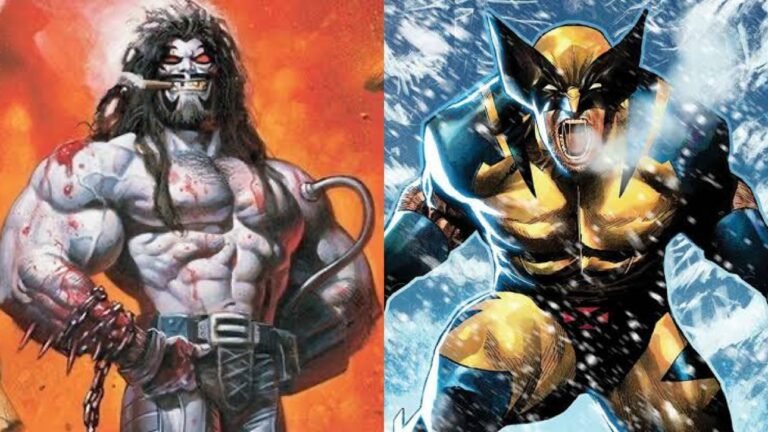
One of the more surprising examples of Marvel and DC’s shared inspiration can be found in the characters of Lobo and Wolverine. Wolverine made his first appearance in 1974 in The Incredible Hulk #180 (a brief appearance at the end) — October 1974 and then in The Incredible Hulk #181 (first full appearance and fight with the Hulk) — November 1974.
Lobo first appeared in Omega Men #3 (June 1983), created by writer Roger Slifer and artist Keith Giffen, originally as a clean-cut intergalactic bounty hunter. It wasn’t until the 1990s, under Alan Grant and Simon Bisley, that he was reimagined as the ultra-violent, sarcastic antihero fans know and love today. With his gruff demeanor, animalistic powers, and penchant for graphic violence, Lobo bore a striking resemblance to Wolverine, one of Marvel’s most iconic mutant heroes.
While the two characters have distinct backstories and powers, the similarities in their overall aesthetic and narrative arcs are hard to ignore. Both Lobo and Wolverine are depicted as savage, primal figures who operate outside the bounds of traditional heroism, often resorting to extreme measures to achieve their goals.
The relationship between Lobo and Wolverine offers a fascinating case study in the ways in which creative ideas can be shared and reimagined across different franchises. By understanding these kinds of connections, you can gain a deeper appreciation for the rich tapestry of superhero storytelling and the ways in which it has evolved over time.
The X-Men and the Doom Patrol: Outcasts and Misfits

Finally, one of the most well-known examples of Marvel and DC’s shared inspiration can be found in the X-Men and the Doom Patrol. Introduced in 1963, the X-Men were a team of mutant superheroes who were often ostracized and feared by the general public, due to their unique abilities and physical differences. Just a few months later, in 1963, DC introduced the Doom Patrol, a team of similarly outcast and misfit superheroes who were also often shunned by society.
The similarities between the two teams are striking, with both the X-Men and the Doom Patrol being led by powerful, cerebral figures (Professor X and the Chief, respectively) and consisting of a diverse array of characters with unique powers and abilities. The underlying narrative arc of both teams also revolves around the struggle to be accepted and understood by a world that often fears and rejects them.
The relationship between the X-Men and the Doom Patrol offers a fascinating case study in the ways in which creative ideas can be shared and reimagined across different franchises. By understanding these kinds of connections, you can gain a deeper appreciation for the rich tapestry of superhero storytelling and the ways in which it has evolved over time.
Conclusion
The rivalry between Marvel and DC Comics has long been a source of fascination for fans and creators alike. As we’ve seen, the two publishing giants have often drawn inspiration from each other, leading to a rich tapestry of shared ideas and characters that have shaped the superhero genre as we know it.
From the uncanny resemblance between Bumblebee and the Wasp, to the undeniable parallels between Sentinels and Superman, the examples we’ve explored in this blog post offer a glimpse into the creative cross-pollination that has defined the comic book industry for decades. By understanding these connections, we can gain a deeper appreciation for the rich history of superhero storytelling and the ways in which ideas have been shared and reimagined across different franchises.
Whether you’re a fan of superhero content, an aspiring anime artist, or simply someone who appreciates the creative process, the insights we’ve explored in this post can be invaluable. So, the next time you find yourself drawn to a character or storyline that seems eerily familiar, take a moment to consider the rich history of shared inspiration that has shaped the superhero genre. Who knows what other fascinating connections you might uncover?
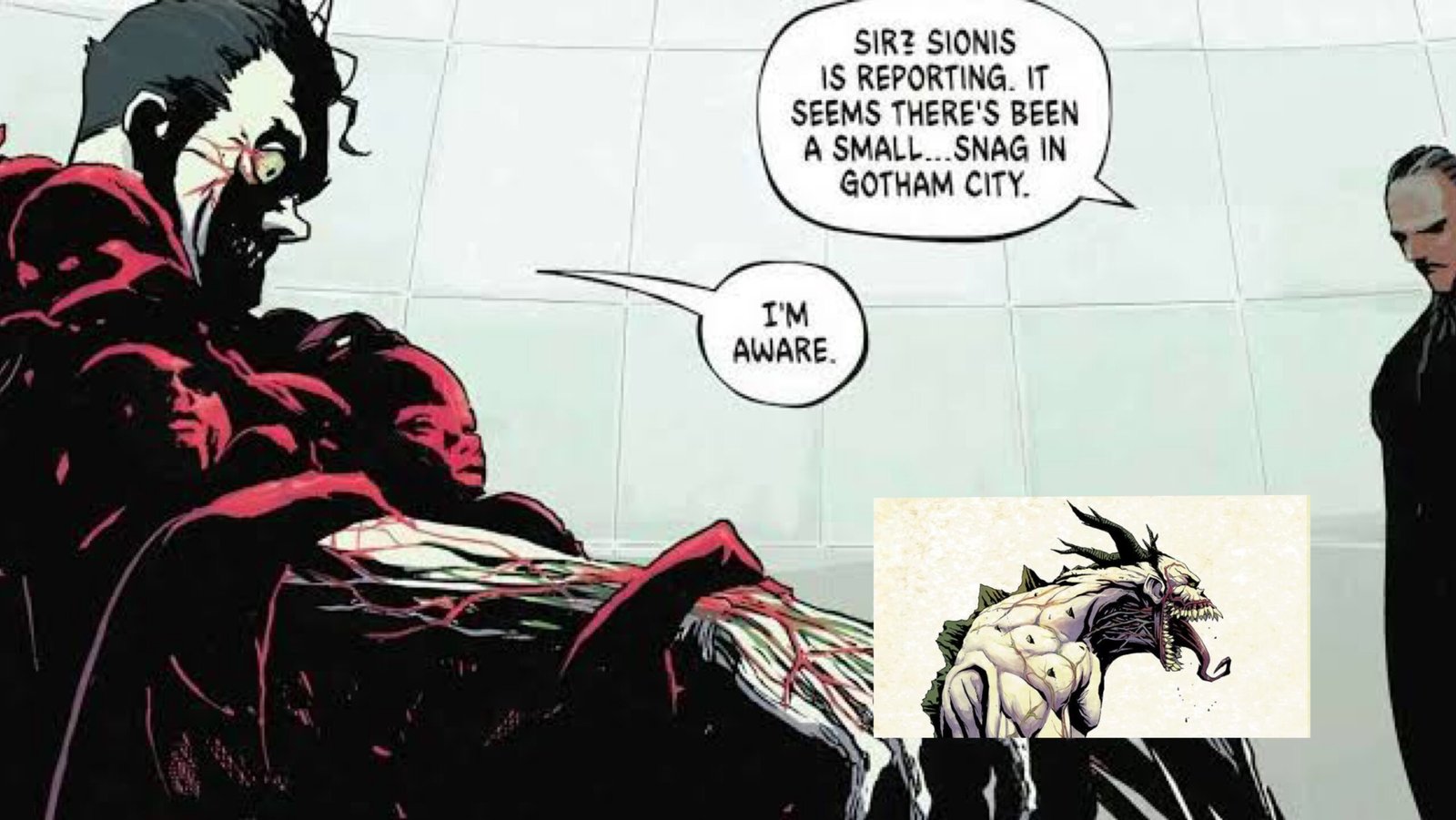
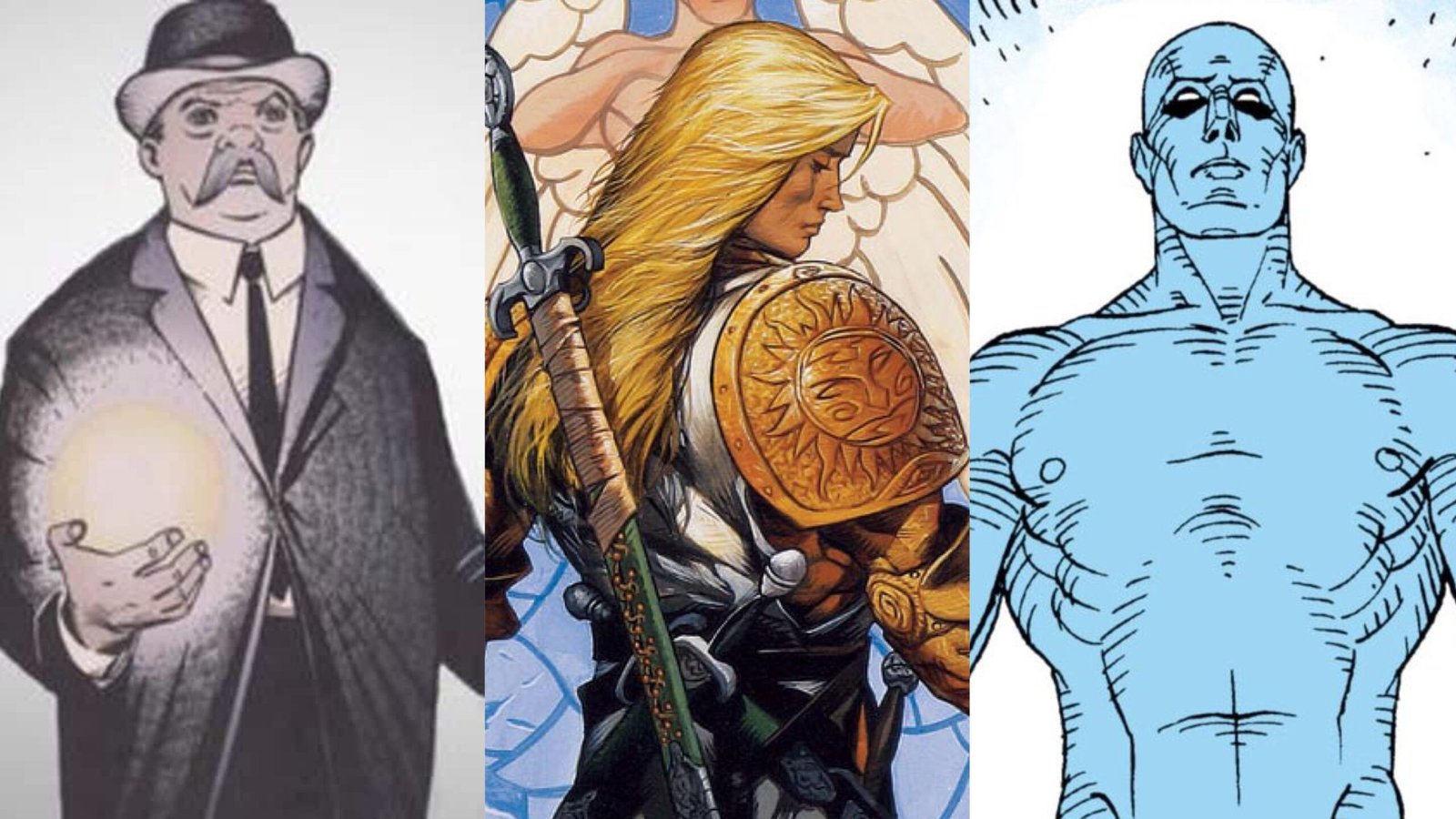



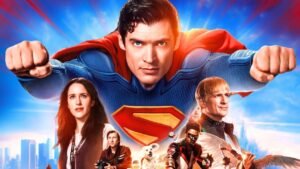
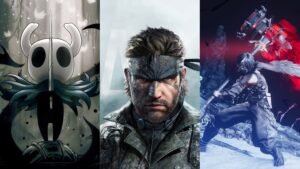
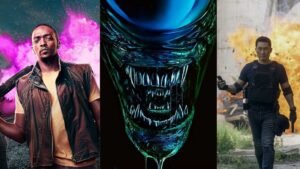

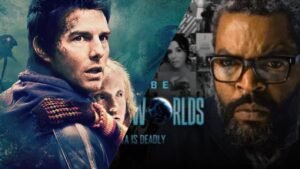

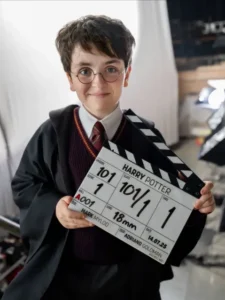

Publicar comentário